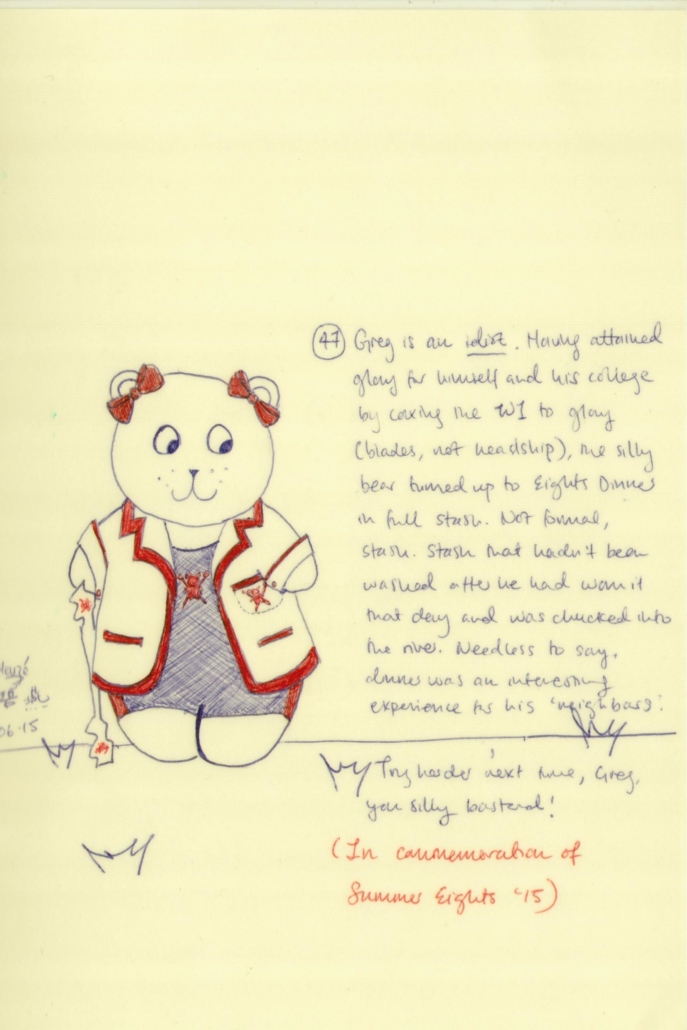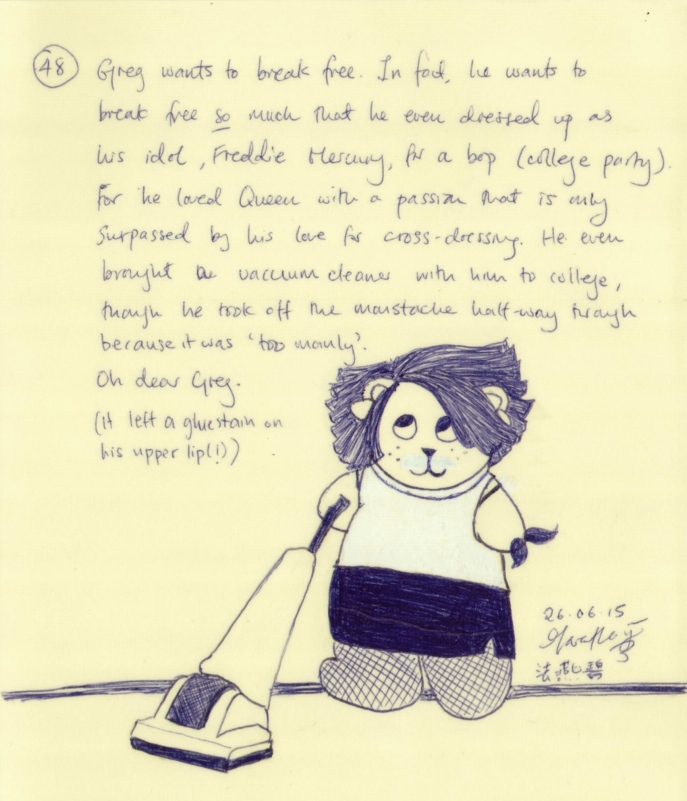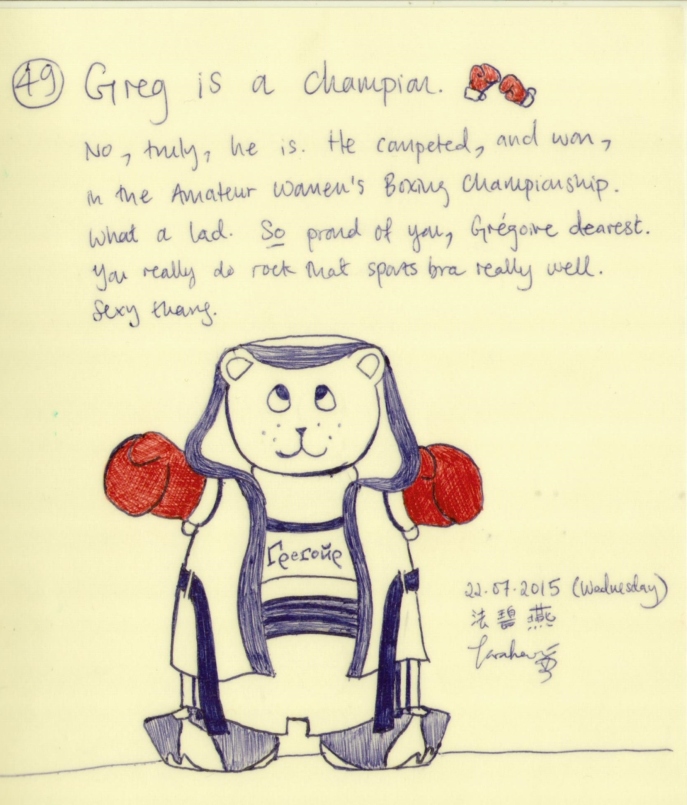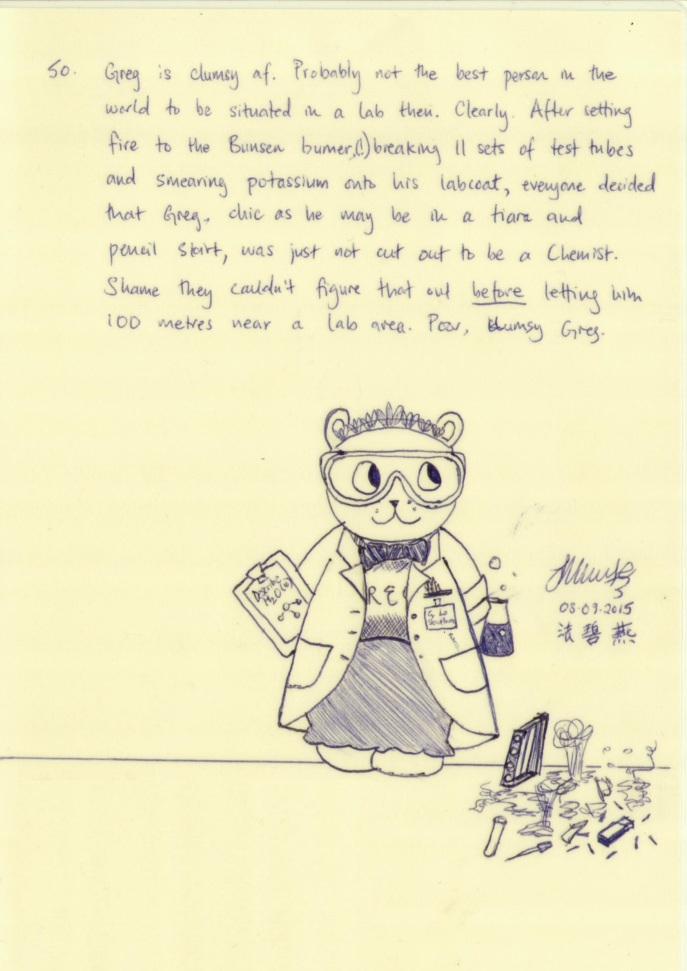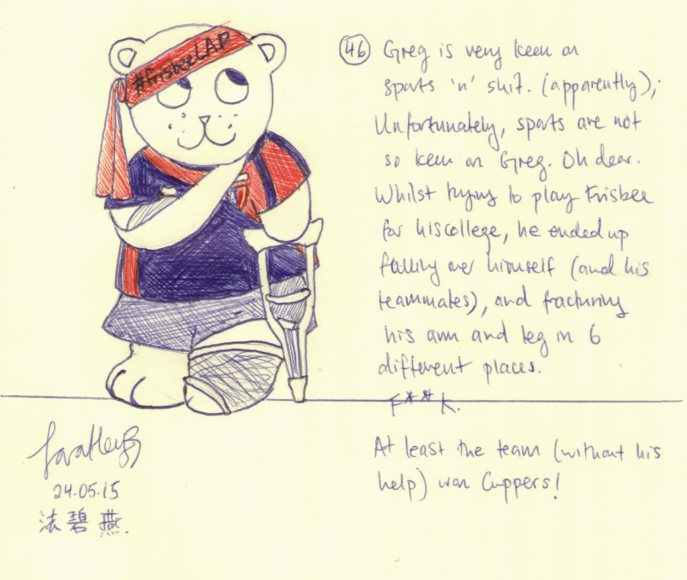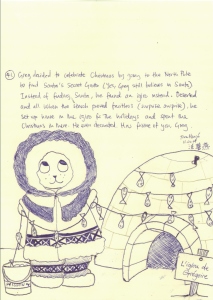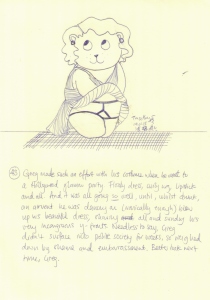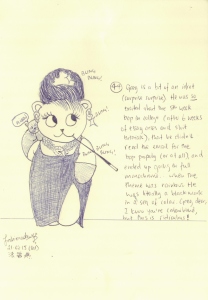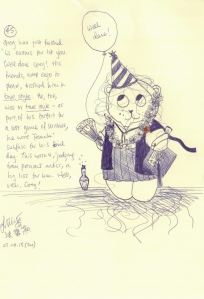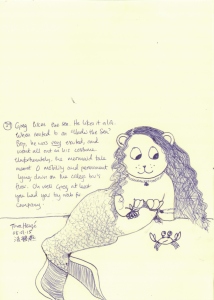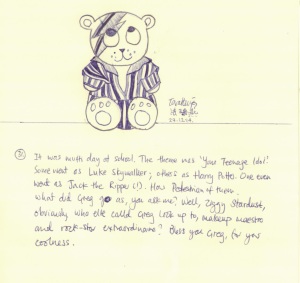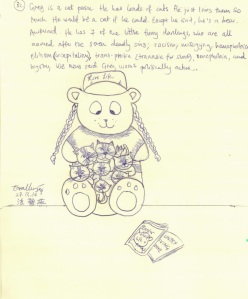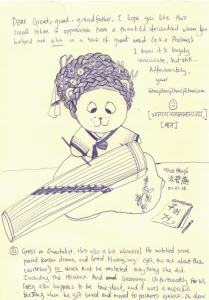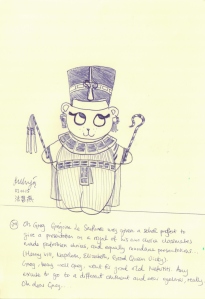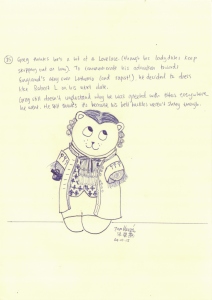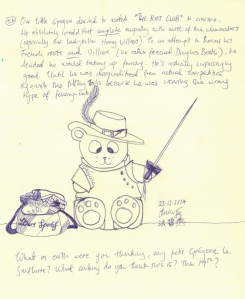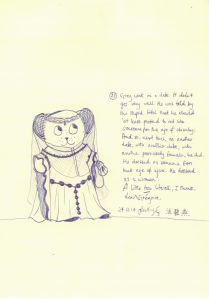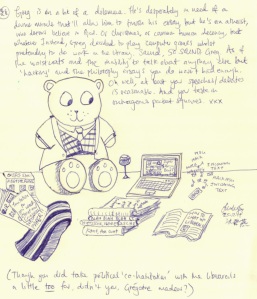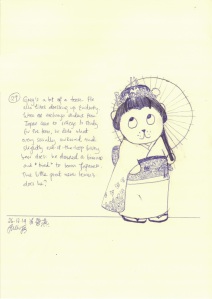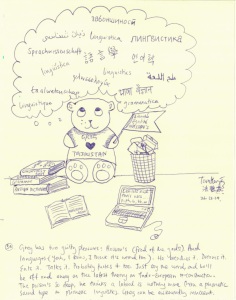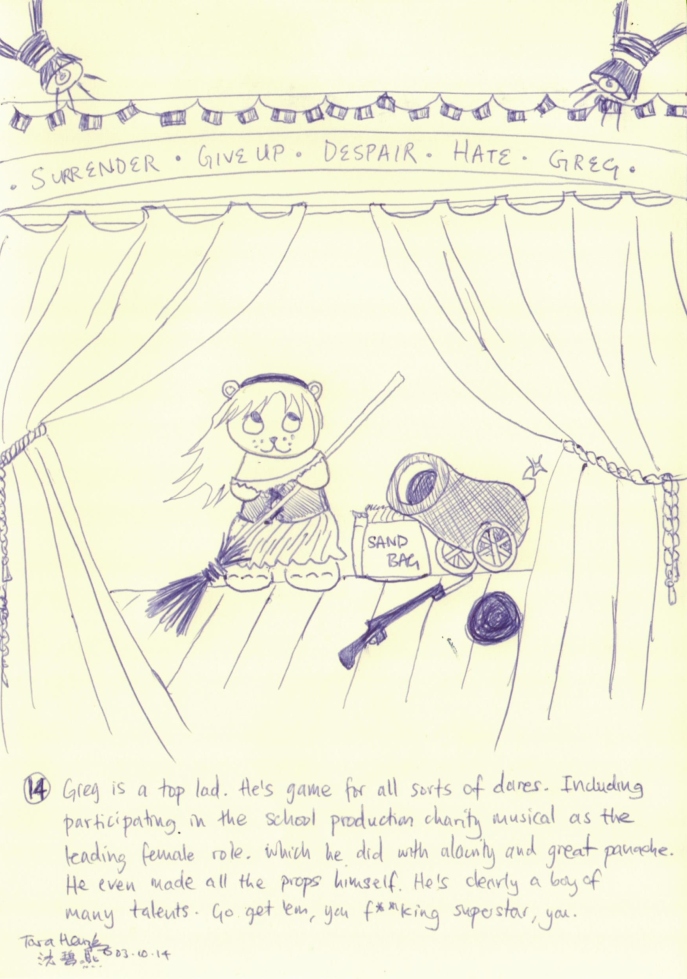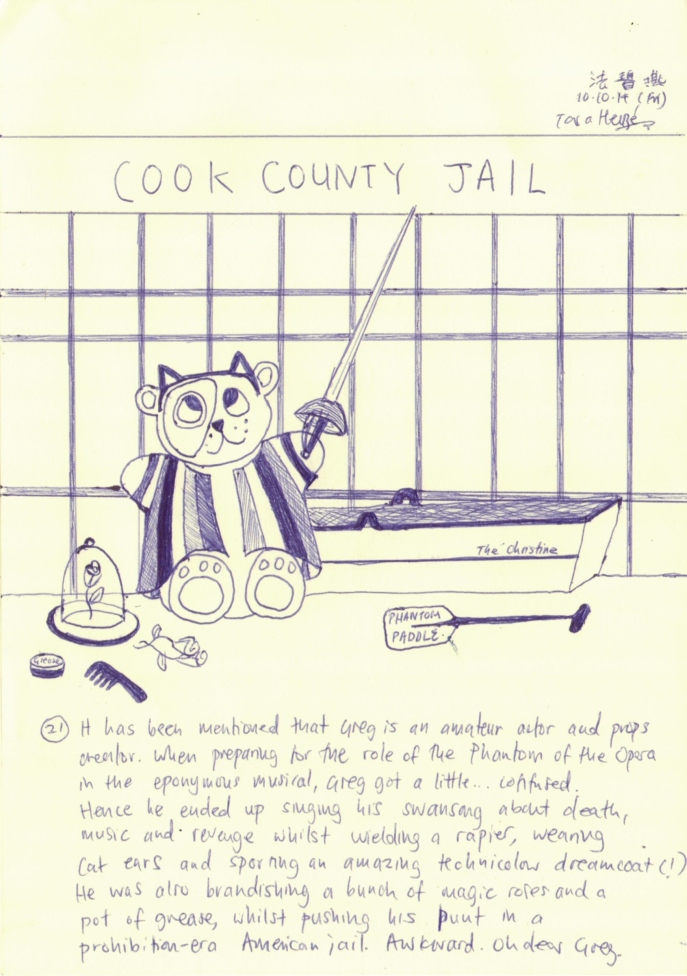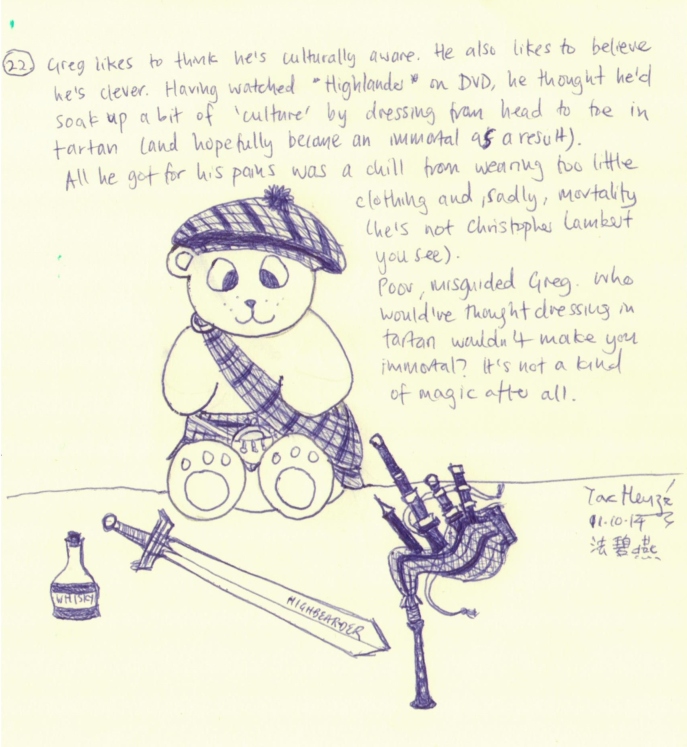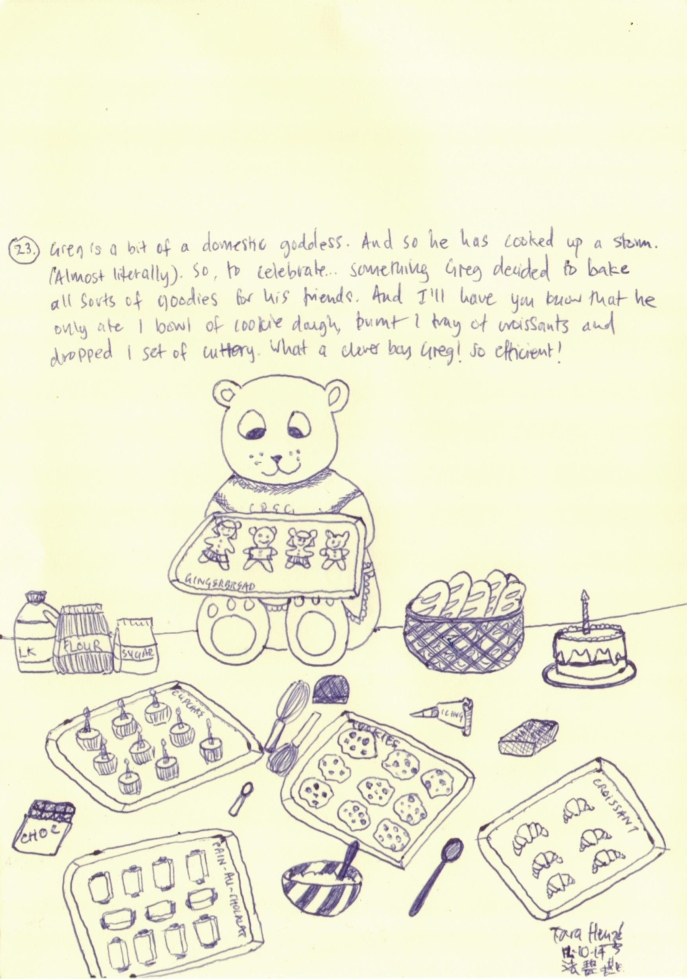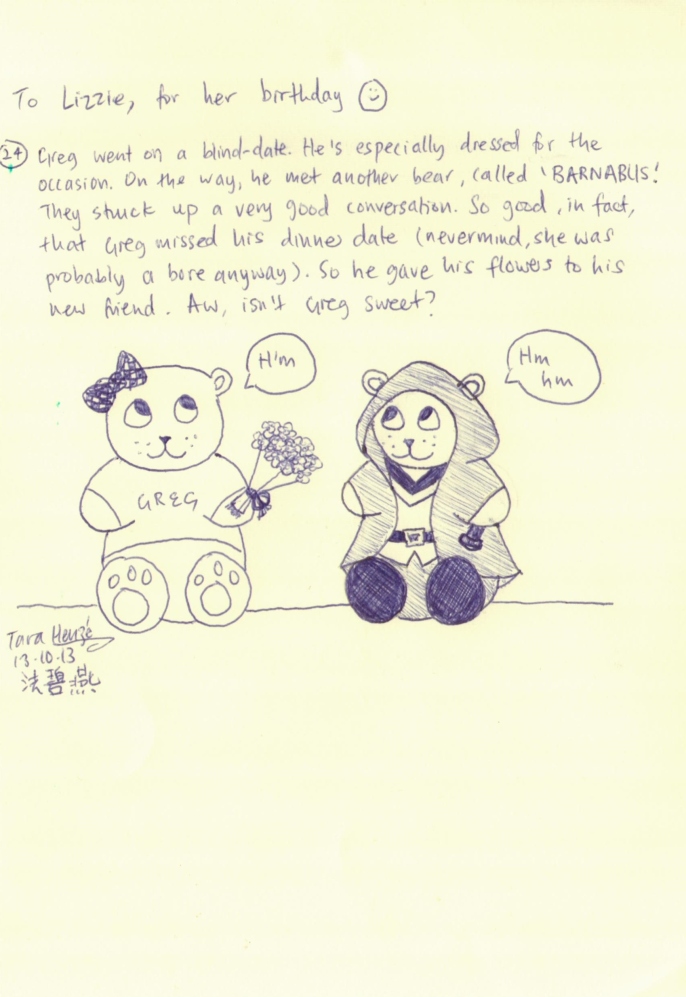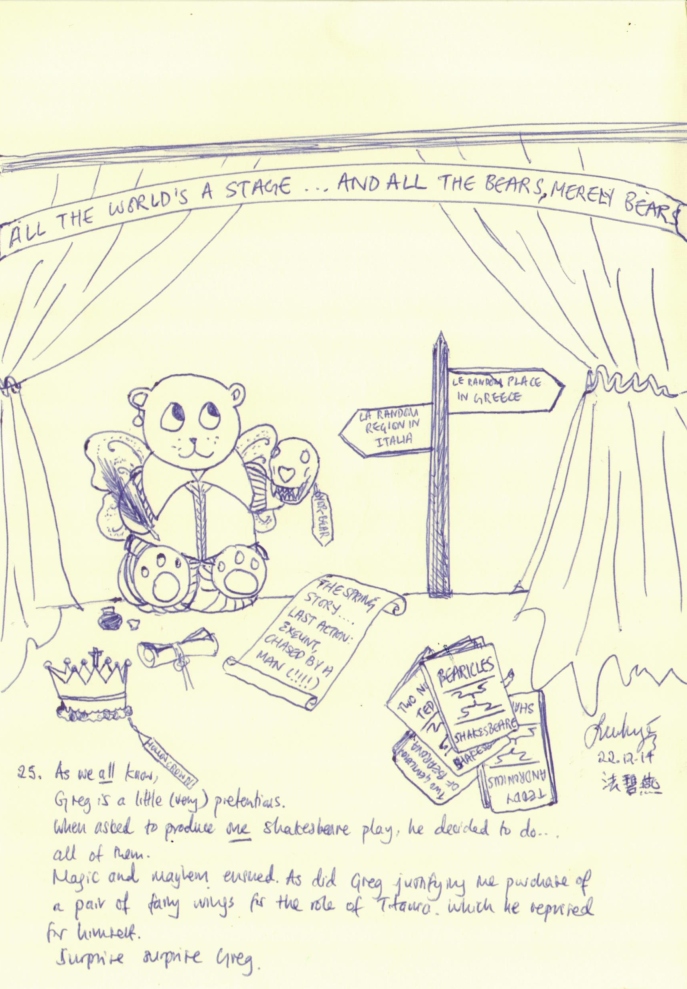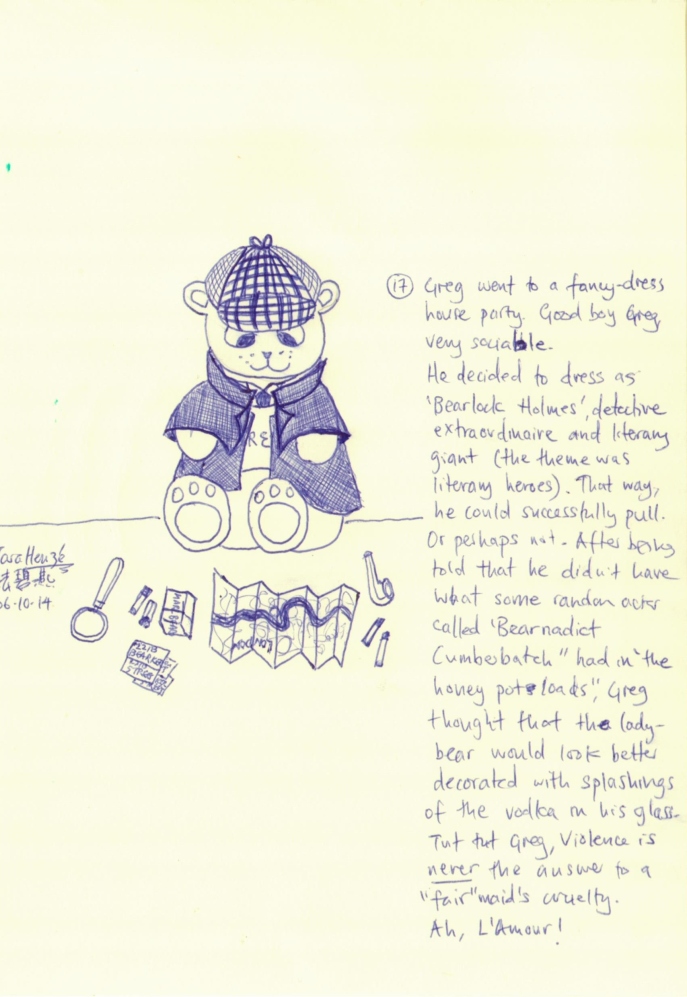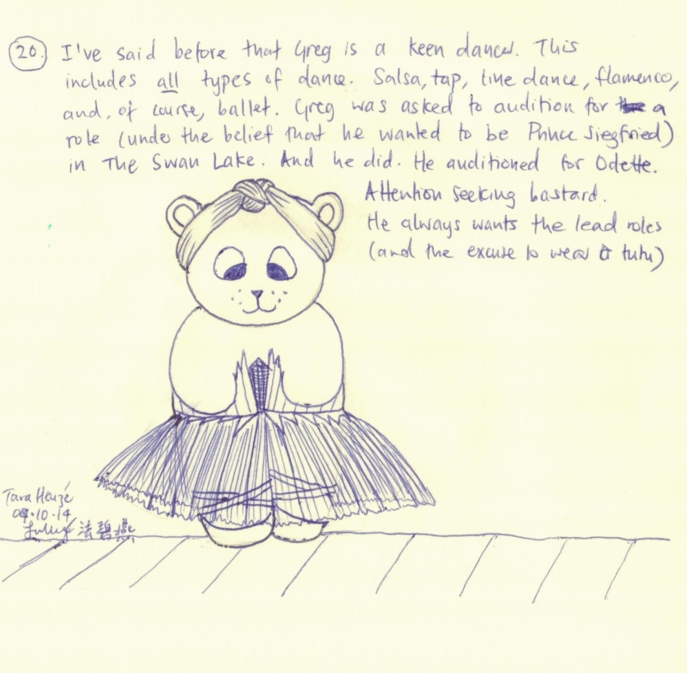Book: Stamboul Train (republished as Orient Express)
Author: Graham Greene
Date of Publication: 1932
Type: Novel (226 Pages)

Before continuing with this review of mine, I will have to admit (albeit sheepishly) that this took far too long to complete and publish. It is sad truth that an inevitable by-product of attending university is having an upsurge of on-topic and course-related work, all of which serves as an excellent preventative measure against the completion of Other Things. Therefore, actual Sanskrit shall impede the progress of supposed Creativity, and thus shall my writings be temporarily halted.
I was hoping to complete one review on a fortnightly basis, and if I could, on a weekly basis, but the latter occurrence is only likely to happen when all the stars come crashing down to Earth with a resounding “thwack” (and a lot of smoky debris), so I am not going to be so sanguine in the estimation of my own ability to manage time. My estimation was proven correct, and not only did I not manage to complete one on a fortnightly basis, I didn’t even manage to complete one during the first half of the term at all. So, in recompense I now present to you my latest review on Greene’s Stamboul Train, with the greatest happiness and enthusiasm, and I genuinely hope that all those interested in reading my ranting have enjoyed it as much as I have enjoyed writing them. Truly, I have. Even if it meant a lot of angst and the occasional frantic scramble for a copy of the book I was reviewing (for referencing and memory reinforcing).
It is time to progress onto the actual review of Greene’s Stamboul Train (about time, I know some will say). Regrettably, there is only one word that can describe my feelings towards this book: lukewarm. It’s not necessarily a bad book, but to me, it’s not great either, and only has value in the fact that firstly, it was his first true success after the repudiated novels The Name of Action (which, I preferred in some ways, to Stamboul Train) and Rumour at Nightfall, and after his debut The Man Within, and secondly, because it exhibits the qualities (in a less developed form, naturally), that have made his later works truly stand out as quality literature. Before I proceed, I only have one small confession to declare: I personally think that my disappointment with this particular book is greater because of the extent to which I loved The Man Within. I had read The Man Within during the summer before I went up to Oxford, and I can truly say that it is one of those books that simply made the time fly. I remember feeling genuinely resentful that my lunch break at work was over, because I knew that I couldn’t finish the book because of that, and I raced home after work just so that I could spare the time to finish it properly.
Thus, after my surprisingly enthusiastic response to Greene’s (bloody amazing) debut, I continued onwards to Stamboul Train, genuinely expecting more of the same quality, but with more thrills and suspense and surprising plot-twists that would make the world of espionage more exciting and glamorous than it probably is. So, it was with genuine frustration that I finished this book, acknowledging the fact that it does indeed have its good points, but focusing more on the negatives that made my reaction to this book lukewarm, at best. In this review, I will attempt to justify this opinion of one of Greene’s more celebrated works, and explain why the skilfully created tension in the action scenes, and the clever interweaving of all the passengers’ lives and fates, do not outweigh the occasional clumsiness in the style, the scattered nature of the plot, and the lack of emotional depth and power, in comparison to some of his more ‘serious’ (and perhaps even less technically brilliant) works.
The novel focuses on the journey of a cross-continental train known as the ‘Orient Express’, a journey which will start in Ostend and end in Istanbul. The passengers of this train are a wonderfully eclectic assortment of people, all with different backgrounds and different motives, but their lives will be both tragically and farcically linked in unimaginable ways as the train journey continues. This includes entanglements in political rebellion, theft, homosexual relationships, and the unspoken problems of racial and social divides.
The scenes of “suspense” (or action thrills, as I like to call them) are actually very good, and definitely show promising signs of future greatness Greene’s stellar espionage sequences in his later classics, such as The Confidential Agent and The Human Factor. The scene of the escaping thief Grünlich at the beginning of the book is a masterly example of Greene experimenting with and honing the fine art that is skilfully creating tension. Another notable example of this successful evocation of edgy thrills is the car escape scene in Subotica, a scene filled with such incredible tension that the reader almost feels as stressed and anxious as Myatt as the decrepit and temperamental car slowly edges its way further and further eastwards. This is heightened by the sense of anti-climax that the reader feels when Grünlich escapes in the car with Myatt instead of Musker, ensuring that the reader feels great frustration and resignation at the unfortunate and tragic turn of events. However, though that scene is both exciting and frightening to the more timid reader, it is the episode of Dr Czinner’s court martial that really stands out as a scene of exceptional power and pathos. There is something poignant and tragic in the way Czinner stands up for himself and his convictions, fully knowing that there is no possible way he can escape alive, and yet still needing to prove to himself and to his captors that he is no coward, and certainly no turn-coat. The power and effect of this incredible passage is deeply felt, and is certainly one of the high points in what is otherwise an arguably bland and occasionally incoherent narrative.
This abruptness is especially felt in the final part of the Musker adventure, in which she is whisked away by the jilted journalist Warren in her car, and her fate is left unknown as the scene closes with Musker suffering from a heart bypass. I felt this turn of events was arbitrary, and almost completely superfluous to the plot; it added nothing to the general flow of the story other than to create a sense of bewilderment and perturbation in the mind of the reader. However, despite this, the creativity and tension that fuels many of the hair-raising episodes of the novel ought to be credit with the praise it deserves, and it would not be biased to claim that some of these great scenes display the great potential which Greene later fulfils in his next ‘entertainments’.
Another aspect of Stamboul Train which I, as a reader, definitely thought acted as an asset to the plot, was the way in which Greene successfully managed to create The disparate characters on the train all lead unique and strange lives (in a good way), and Greene does a relatively good job of tying it all together in plausible and tragic ways (the escape in the car, for example). From the quirks and idiosyncrasies of the irritable lesbian journalist Warren; to the cunning and resourcefulness of Grünlich; the passivity and resignation of Musker; the fluctuating tendencies towards both idealistic bravado and self-serving despair in Czinner, and the alternations of mercenary pride and ethnic insecurities in Myatt, Greene has managed to create a wide range of characters, whose interactions and relationships enmesh together in a clever web of deceit, gratitude, condescension, and reluctant good will, to name but a few. In presenting so many characters of so many different sorts, Greene has been successful in recreating a train full of passengers, all of whom are completely different and yet are bound together by the curious coincidence of heading in the same direction, with the same means of conveyance. Thus, Greene has managed to make his character sketches colourful but realistic, showcasing a wide panoply of characters and lives.
This effective characterisation was accompanied by the clever use of train stops as chapter markers. This deceptively simple, yet efficacious method allowed the plot to be divided into episodes and phases that were neatly divided according to the location in which the train itself was situated, thus constantly reminding the reader of the artificiality and temporal nature of the environment. It was also clever in that it almost literally kept the plot moving, and gave the subsequent action a sense of inevitability that was heightened by Musker’s detainment (and thus her separation from Musker), as well as the similar car escape back eastwards, in which again much of the tension was based on whether passengers to get back to the train on time or not. This therefore allowed Greene to increase an already tense and highly charged atmosphere.
On the other hand, any effect that Stamboul Train may have had was partially ruined by the clumsy style of writing which was almost an inevitable by-product of constant shifts in narrative and environments. There was some good scenes, as I have explained above, and there were also some characters with great potential (such as the noble and altruistic Czinner), but it seemed as if Greene had a series of unconnected tableaus, with powerful writing and effect within these scenes themselves, , and no means by which he could connect them all together. If one were to visualise the plot as a tangible object, it would be comparable to having a collection of beautifully polished and glistening pearls, all of which are valuable and beautiful in and of themselves – until they are strung together in a necklace made of a ball of twine. There was little smoothness in the transition from one scene to another, and this made the plot occasionally seem stilted, and, in the transitional passages, outright dull. The profound effect that the advent of cinema had on the works of Greene and contemporary authors is apparent here, as the plot is more like a whole series of montages rather than one continuous narrative.
Furthermore, though the ‘action episodes’ show great potential, the monologue, at this stage of Greene’s development as a first-class writer, does not. The characters, with their constant stream of inane, and frankly irritating, consciousness begins to grate on the nerves and, in my opinion, wears the patience of the reader thin. I feel that this is especially applicable to the narrative focusing in Myatt; whilst it is important to understand the anxiety and insecurities that underlie his character, in part due to his personality, and in part due to the persecution that his race has continually received in mediaeval and modern Europe, this theme was belaboured and over-emphasized, and any power it had was lost. Whilst I am not critic of the concept of introspective experimentation, there can occasionally be too much, and, if the introspection does not yield anything of interest, either stylistically or thematically, then the technique is ineffectual. This inner-monologue technique, and its effect in displaying, in glorious details, the angst and dilemmas of the everyday Greeneland protagonist, is one will thankfully improve with time, but, at this stage, it is merely a fledgling in its quality and efficacy.
Lastly, and perhaps most importantly, Greene failed in extracting any sentiments from me. The characters were interesting and diverse, and were certainly skilfully drawn up, but, with the possible exception of Czinner, I could not emotionally invest with the characters. I neither passionately hated nor loved them, and I found myself ambivalent to their plight. Despite my previous statement about Czinner, even then I discovered that, though slightly disturbed by the court-martial and subsequent execution, I did not genuinely feel pain, or loss at the death of the character. This stands in stark contrast to my emotions concerning Greene’s debut, The Man Within, which wildly vacillated from anguish, to despair, to frustration, ultimately to sadness in the closing scenes; there was a great sense of loss, and a even deeper sense of regret. The emotion which a book can evoke from its reader is, in my opinion, supposed to be one of its primary powers, and in this respect, Stamboul Train fails sadly.
In conclusion, I think that Stamboul Train is a book of very mixed parts. The scenes of action, of tension, with suspense and thrills, are very good. Their interlinking scenes and everything else is not. The writing and structure is occasionally stilted, and sometimes the scenes of actions are connected with each other like a very awkward string of wonky beads. However, what I do value in the Stamboul Train is the amount of untapped potential it has; it is a book with a very good concept, and really is the “entertainment” that Greene wanted it to be. Even now it does not fully realise its own potential, it definitely shows the glints of Greeneland genius that will flourish with a magnificent vengeance in his later works, be they serious or “entertaining”. For this, Stamboul Train is a useful and valuable link in showing the evolution of Greene’s career as a writer, even if, as a stand-a-lone, it lacks that emotional appeal and power that would make it a tour-de-force in the Greene canon.
